universityofwashington
Latest
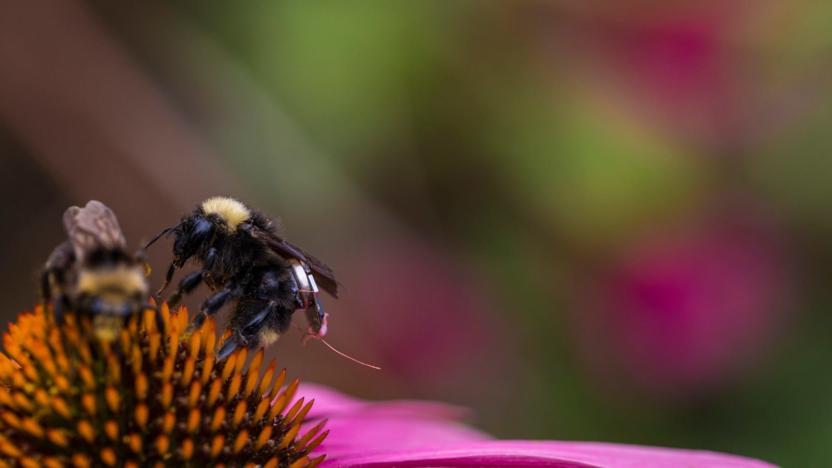
Bees with tiny sensor backpacks could help farmers track crops
Farmers can use drones to monitor their fields, but they have their limits when they can rarely fly for more than 20 to 30 minutes at a time. University of Washington researchers might have a smarter way: recruit some insect friends. They've developed sensor backpacks that are light enough (about 0.0035 ounces) and efficient enough to ride on a bumblebee, but capable enough to collect data for seven hours at a time over relatively long distances. You wouldn't have to replace packs very often, either, as they could just fly into their hives to wirelessly recharge and transmit data.

Honda teams up with MIT and others to develop curious AI
Honda is teaming up with three universities on a project aimed at developing curious artificial intelligence. The new three-year initiative, dubbed the Curious Minded Machine, will work towards an intelligent system that can learn continuously, much like a human, and can actually "learn to learn," as children do. "Our ultimate goal is to create new types of machines that can acquire an interest in learning and knowledge, and the ability to interact with the world and others," Soshi Iba, a principal scientist at the Honda Research Institute, said in a statement. "We want to develop Curious Minded Machines that use curiosity to serve the common good by understanding people's needs, empowering human capability and ultimately addressing complex societal issues."
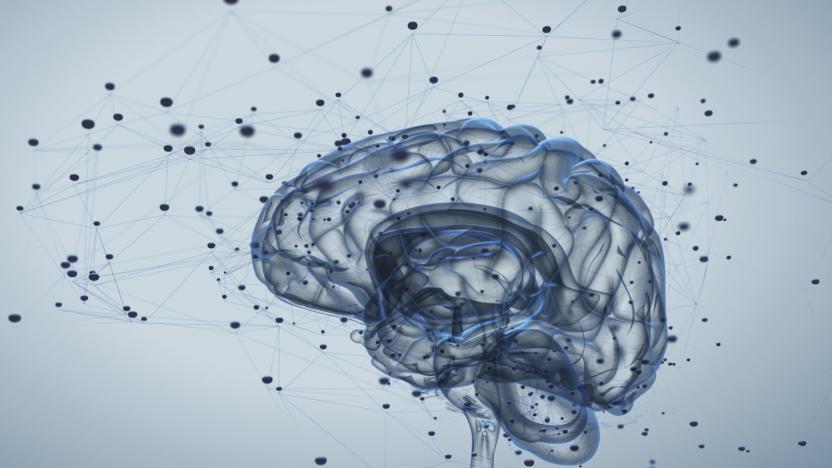
Brain-to-brain network allows three people to share their thoughts
There have been experiments in direct brain-to-brain communication before, but that's now extending to full-fledged networks. Researchers have developed a three-person brain network that lets participants send thoughts to each other -- in this case, to play a Tetris-style game. It used familiar technology, but in a much more scalable format.
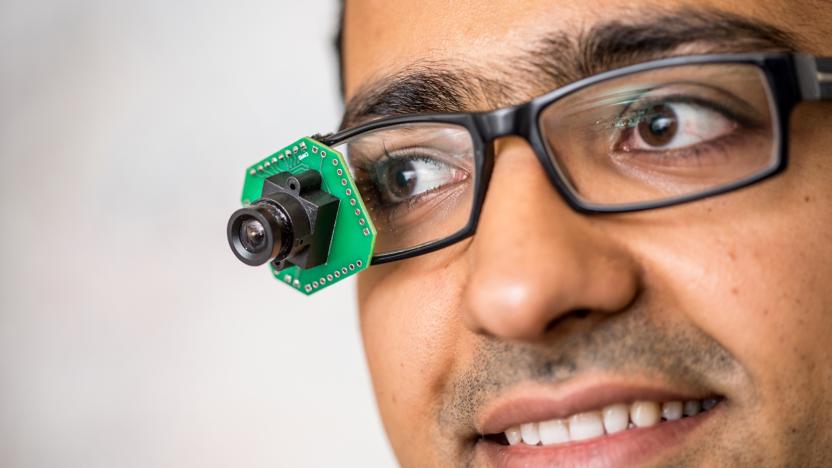
Smart glasses could stream video without killing your battery
There a number of reasons why camera-equipped smart glasses haven't taken off, whether it's dorky designs, bans or just a lack of practical applications beyond niche audiences. However, there's a common theme for them all: they need big batteries to handle all that streaming video, which guarantees a bulky set of spectacles. There might be a solution in the long run, however. University of Washington researchers have crafted a video streaming method that consumes up to 10,000 times less power than traditional methods. The trick, the team said, is to offload most of the hard work to another device using clever wireless transmissions.
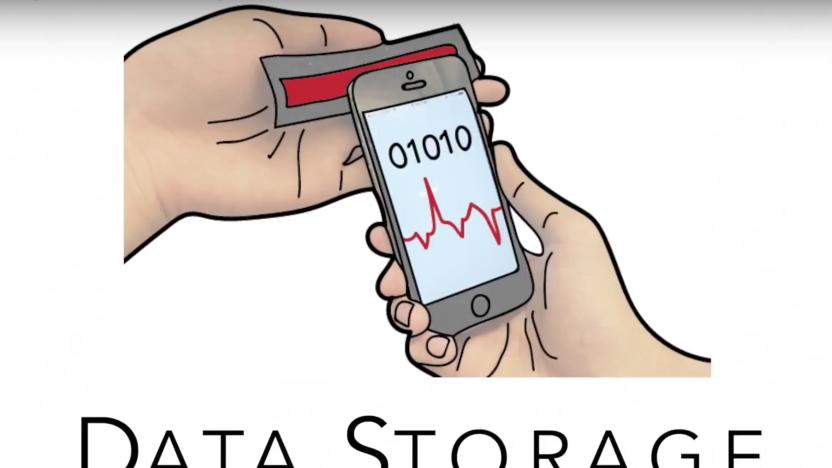
Conductive thread stores data in clothes without built-in tech
New technology may soon enable you to get into your home or office with nothing more than your coat, wristband or tie. Scientists at the University of Washington have found a way to create smart fabric, using only conductive thread with no other added electronics.

Stretchable 'skin' gives robots the sense of touch
Robots show a lot of promise as first responders, but they can't effectively dismantle bombs or perform delicate first aid procedures if they can't feel what they're touching. To remedy that problem, a team of engineers from the University of Washington and UCLA have developed stretchable skin that can cover any part of a robot. The skin can give a machine the power to sense vibrations and shear force, or the unaligned forces that push one part of the body in one direction and another part in the opposite.
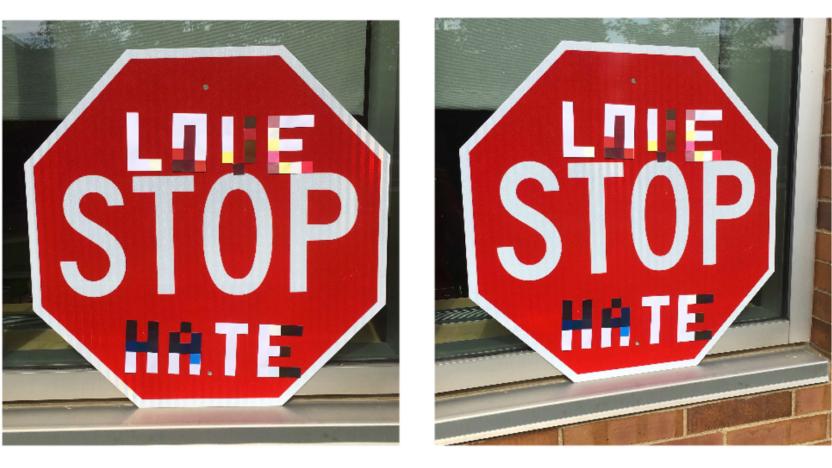
You can confuse self-driving cars by altering street signs
While car makers and regulators are mostly worried about the possibility of self-driving car hacks, University of Washington researchers are concerned about a more practical threat: defacing street signs. They've learned that it's relatively easy to throw off an autonomous vehicle's image recognition system by strategically using stickers to alter street signs. If attackers know how a car classifies the objects it sees (such as target photos of signs), they can generate stickers that can trick the car into believing a sign really means something else. For instance, the "love/hate" graphics above made a computer vision algorithm believe a stop sign was really a speed limit notice.

Researchers make a surprisingly smooth artificial video of Obama
Translating audio into realistic looking video of a person speaking is quite a challenge. Often, the resulting video just looks off -- a problem called the uncanny valley, which states that human replicas appearing almost but not quite real come off as eerie or creepy. However, researchers at the University of Washington have made some serious headway in overcoming this issue and they did it using audio and video of Barack Obama.

University offers course to help sniff out and refute 'bullshit'
Not only is fake news everywhere, but its purveyors call genuine news fake, making it doubly hard for the average person to know what's real and what's Inception. For example, President Donald Trump recently made up a terrorist attack in Sweden, and when the nation's former PM called bullshit, he said the refutation itself was "fake news." Luckily, there's now a course at the University of Washington, "Calling Bullshit in the Age of Big Data" that helps you find bad information and show others why it's bad.

DARPA tests buoy network for fallback military comms at sea
It doesn't matter how many war machines you have under your command if you can't relay orders to their operators. Maintaining communications is just as important as firepower, and DARPA wants the armed forces to have as many contingencies as possible when networks go down or are actively jammed. Setting up a fallback network is even trickier on the open ocean, but the agency's Tactical Undersea Network Architecture (TUNA) program is well on its way to a solution. That solution being a collection of "node" buoys, deployed from ships or planes, that are tethered together by fiber optic cables to create a radio frequency data network.

ICYMI: Using brain power to move a game character
try{document.getElementById("aol-cms-player-1").style.display="none";}catch(e){}Today on In Case You Missed It: University of Washington researchers were able to use a magnetic coil at the base of test subjects skulls to watch them play a simplified 2D computer game with just the power of their thoughts. Meanwhile UC Berkeley researchers built a small robot called the SALTO that weighs only 100 grams but is based on the jumping abilities of kangaroos. Google just created a bit of fun on its Twitter account, where users can tweet at the search engine with emojis, then get a response from the account show the nearest location for whatever taco or burger you need asap. 'Cause typing into a search bar is passé now, I guess. For your reminder that: Scientists, they're just like us!-- be sure to check out CERN's silly Mannequin Challenge. As always, please share any interesting tech or science videos you find by using the #ICYMI hashtag on Twitter for @mskerryd.
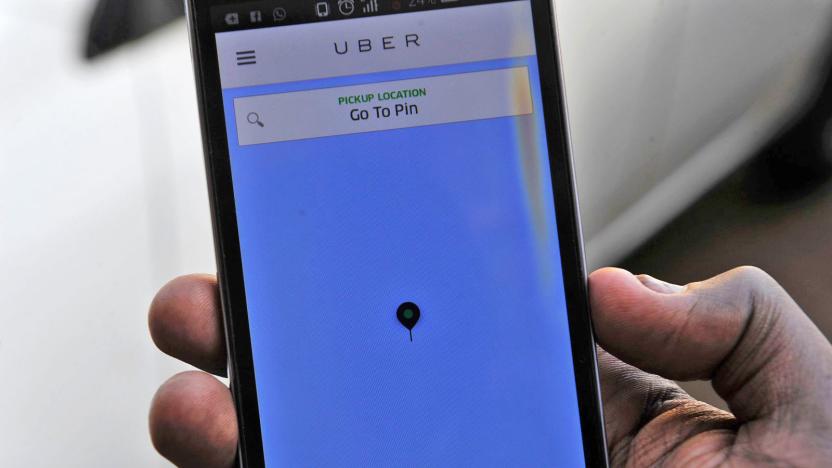
Uber and Lyft aren't immune to racial discrimination by drivers
For a while, ridesharing has been seen as a possible solution to the racial discrimination you sometimes see with taxis. If drivers can't always see or hear you first, they're less likely to reject your request, right? Unfortunately, the industry isn't entirely color-blind. A newly published study reveals that there's still some bias in the ridesharing world. Uber drivers in Boston were over twice as likely to cancel rides on people with black-sounding names, for example, while black men waiting for rides in Seattle faced tangibly longer wait times for both Lyft and Uber.
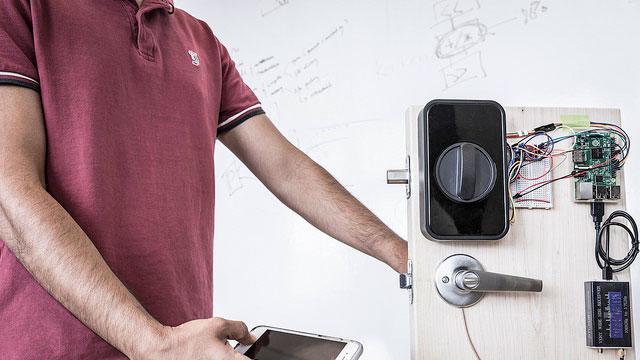
Researchers use the human body to transfer wireless passwords
Sending data over wireless formats like WiFi and Bluetooth is very convenient, but not necessarily secure. A Princeton report back in January revealed that some smart home devices unwittingly broadcast location information while others didn't encrypt their data streams at all. To get around the uncertainty of pushing information over the air, some scientists have posited using the body as a conduit. Instead of using its magnetic field, as previous researchers have, engineers from the University of Washington have pioneered a way to send wireless signals from a touchpad or screen held in one hand to a smart device in physical contact with the other.

HemaApp gives smartphones the power to detect anemia
A team of researchers from the University of Washington have developed an app that turns smartphones into anemia detectors. See, the condition often goes undiagnosed in developing parts of the world. And seeing as it's the most common blood disorder out there, it likely affects more than 25 percent of the population that the World Health Organization believes it does. HemaApp gives medical professionals a way to see if patients have anemia simply by shining the phone's flash against their skin.

Sun-powered bacteria turn nasty CO2 into helpful biofuel
Cars emit polluting carbon dioxide (CO2) when they burn gas, but what if you could reverse the process? Scientists from the University of Washington have engineered a bacteria that can do just that: pull CO2 from the air and, using sunlight, convert it to methane and hydrogen gas. The organism only produces a limited amount of fuel, but the results could lead to ways to reduce CO2 in the air and produce useful fuel at the same time.

EPA hands out $4.5 million to build better air pollution sensors
The Environmental Protection Agency doesn't just want to clamp down on pollution... it wants to develop the technology that helps spot that pollution. It's handing out a total of $4.5 million in grants to six research teams (including Carnegie Mellon, MIT and the University of Washington) to help develop lower-cost, easier-to-use air pollution sensors. EPA officials hope that this will help neighborhoods track their own air quality and improve health on a local level. You'd have a better idea of whether or not industry really is contributing to the smog in your neighborhood, for instance. Although it'll likely take a long while before you see results come out these grants, they could easily pay off if they lead to cleaner air in your neck of the woods.

ICYMI: Smart surfboard, robot hand that can learn and more
#fivemin-widget-blogsmith-image-234543{display:none;} .cke_show_borders #fivemin-widget-blogsmith-image-234543, #postcontentcontainer #fivemin-widget-blogsmith-image-234543{width:570px;display:block;} try{document.getElementById("fivemin-widget-blogsmith-image-234543").style.display="none";}catch(e){}Today on In Case You Missed It: A University of Washington robot hand has an algorithm in it that knows what works and what doesn't when handling things, and can improve itself over time. Samsung Brasil made a smart surfboard for a professional surfer that shows water conditions and incoming texts, and researchers hacked movies to include the visual style of art masters. Mass transit fiends will want to know how the hyperloop test in Nevada went. As always, please share any great tech or science videos you find by using the #ICYMI hashtag on Twitter for @mskerryd.
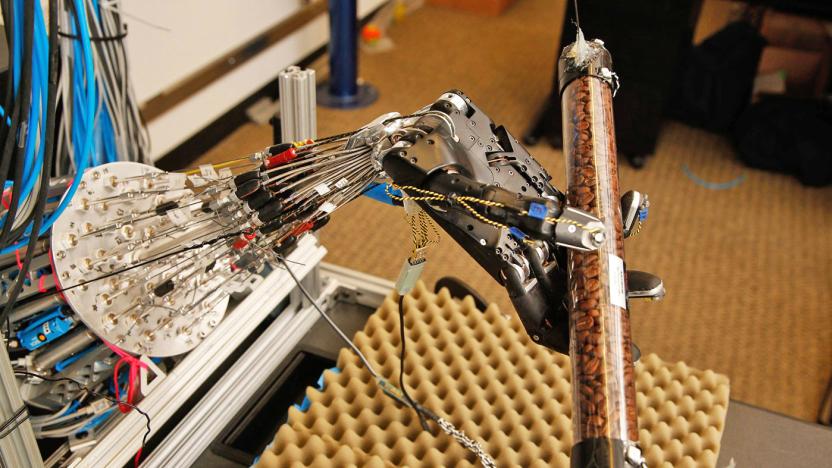
Robot hand learns to twirl objects on its own
Robots can (usually) walk or roll around just fine, but hand control has often proven elusive: it's hard to give them the same kind of finger dexterity as a human. However, University of Washington researchers just got much closer to fulfilling that dream. They've built a robot hand that is not only dextrous enough to spin objects (such as the tube of coffee beans you see above), but learns how to do this on its own. Its algorithm gradually discovers what works and what doesn't -- give it enough time and it'll go from clumsy to reasonably skilled.

Earth's early air weighed half as much as it does today
Scientists have long postulated that the early Earth's atmosphere must have had considerably higher pressure than it does today, since the sunlight was fainter. However, researchers have made a discovery which suggests that this theory is way off the mark. By studying the size of bubbles in 2.7 billion-year-old lava flows, they've found that the air pressure was less than half what it is now -- in other words, the atmosphere was much lighter back then. As there's evidence of liquid water at that time, the Earth must have had less nitrogen and more greenhouse gases (such as carbon dioxide and methane) preventing heat from escaping into space.

Scientists predict human thought in real time, nearly every time
Neuroscientists from the University of Washington have decoded brain signals in real-time and with astounding accuracy, as revealed in a recent study published in PLOS Computational Biology. Researchers attached electrodes to the temporal lobes of seven epilepsy patients for roughly one week -- the implants were part of a program that aimed to locate the sources of these patients' seizures, but while the electrodes were active, the patients also participated in this brain-wave study. Researchers were in the neighborhood, after all.








